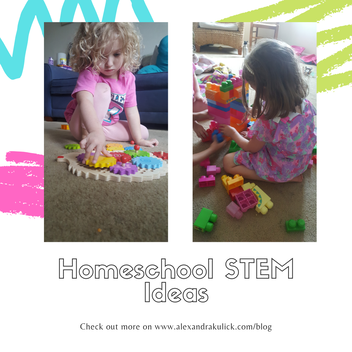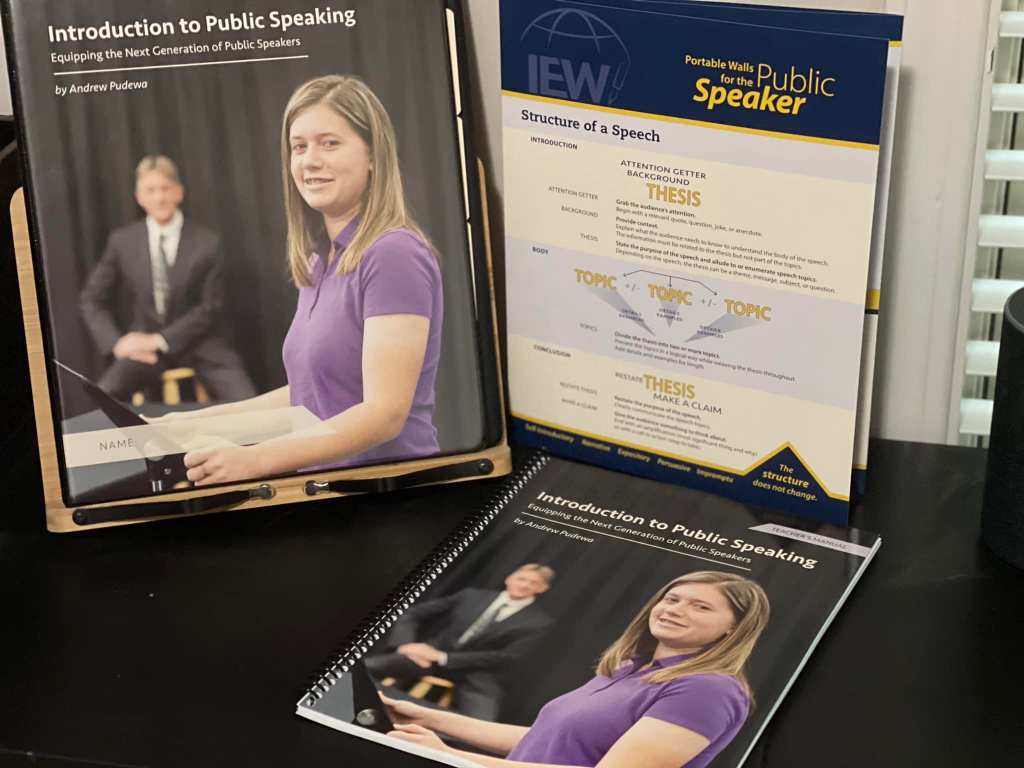Substitute Teaching 101 Essential Tips for Day One Success
Introduction: Welcome to the World of Substitute Teaching
As you step into the role of a substitute teacher, you’re embarking on a unique and rewarding journey in the world of education. Whether you’re a seasoned educator or new to the classroom, the first day as a sub can bring a mix of excitement and uncertainty. Fear not! Here’s your guide to navigating your first day with confidence and success.
Preparing for Day One: The Key to Success
Before you set foot in the classroom, preparation is your best friend. Familiarize yourself with the school’s policies, procedures, and emergency protocols. Take note of any lesson plans or materials provided by the teacher, and ensure you have all necessary supplies at hand.
Dress the Part: Professionalism Matters
As the saying goes, “dress for success.” Dressing professionally not only sets a positive impression but also helps establish your authority in the classroom. Opt for business casual attire that is comfortable yet polished.
Arrive Early: Setting the Tone
On your first day as a substitute teacher, arriving early is crucial. This allows you time to familiarize yourself with the classroom layout, seating arrangements, and any materials you’ll need for the day. It also demonstrates your commitment to the role.
Building Relationships: Connect with Students
One of the most important aspects of substitute teaching is building rapport with students. Take the time to introduce yourself, learn their names, and show genuine interest in their learning. A warm smile and friendly demeanor can go a long way in creating a positive classroom atmosphere.
Review the Lesson Plans: Know What’s Ahead
Before the bell rings, review the lesson plans left by the teacher. Understand the objectives, activities, and any special instructions. If there are any questions or uncertainties, don’t hesitate to reach out to school staff or the teacher for clarification.
Establish Classroom Management: Setting Expectations
Effective classroom management is key to a successful day of substitute teaching. Set clear expectations from the start, including rules for behavior, routines, and consequences for misbehavior. Be firm but fair in enforcing these guidelines.
Be Flexible and Adaptable: Roll with the Punches
As a substitute teacher, flexibility is your superpower. Be prepared for unexpected changes, such as schedule adjustments or last-minute assignments. Stay calm, adaptable, and ready to pivot when needed.
Engage Students: Make Learning Fun
Inject enthusiasm and energy into the classroom by engaging students in interactive and creative learning activities. Incorporate games, discussions, and hands-on projects to keep their interest piqued.
Seek Guidance and Support: Utilize Resources
Don’t hesitate to lean on the support of school staff, fellow teachers, and administrators. They are valuable resources for guidance, advice, and assistance throughout the day. If you encounter challenges, don’t be afraid to ask for help.
Reflect and Learn: Growth Through Experience
At the end of your first day as a substitute teacher, take a moment to reflect on your experiences. What went well? What could be improved? Use this reflection as a learning opportunity to grow and refine your















